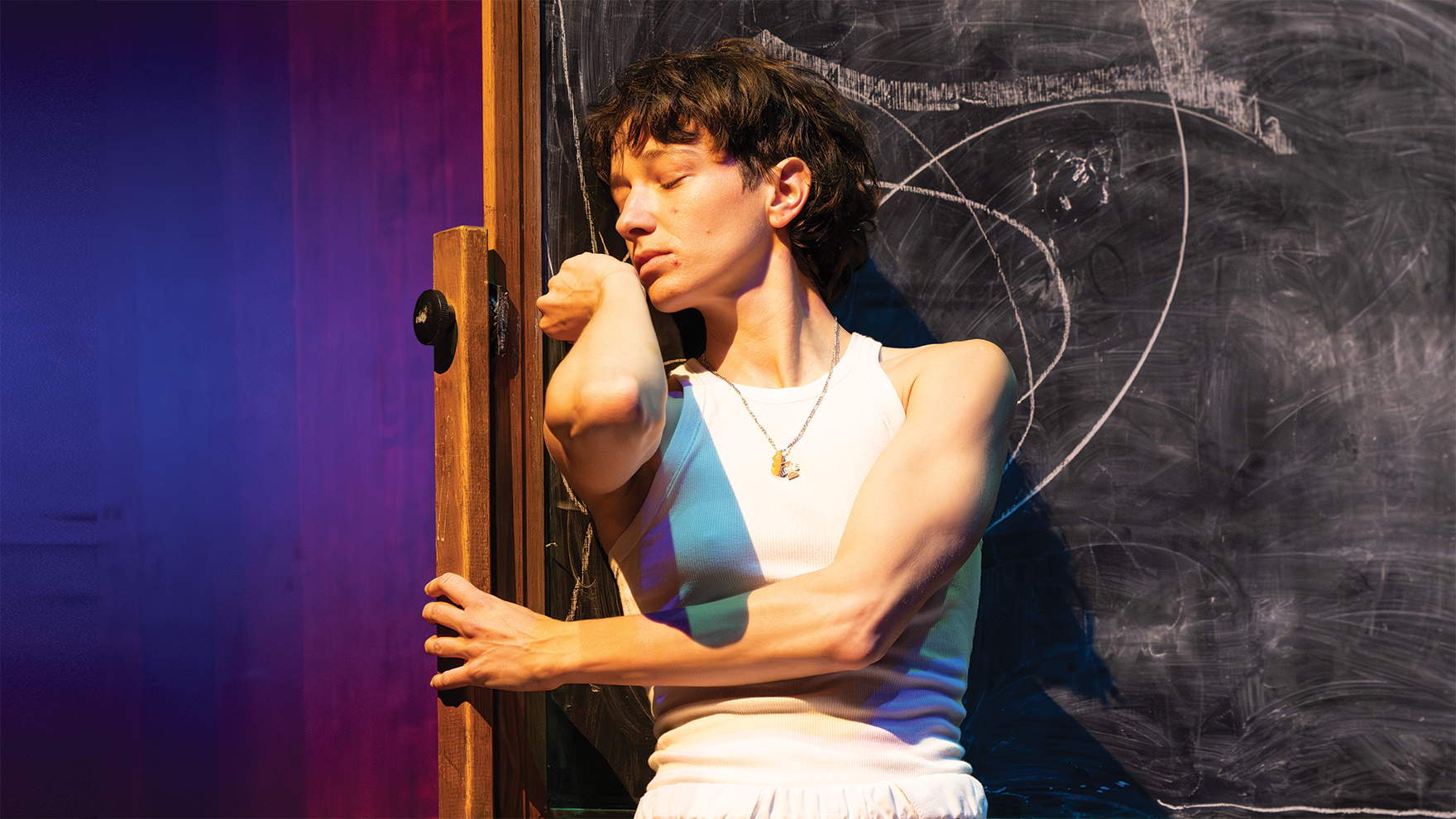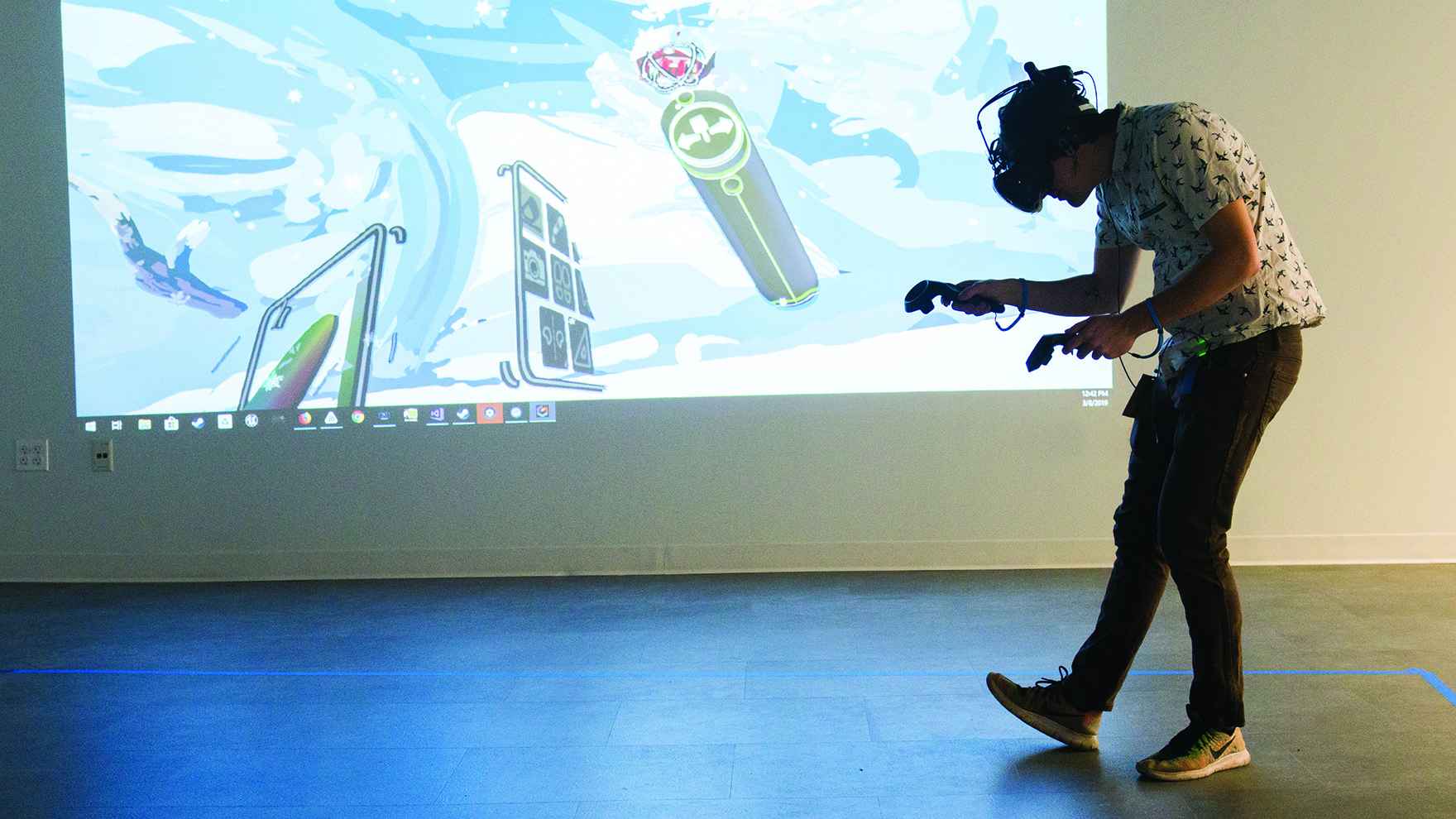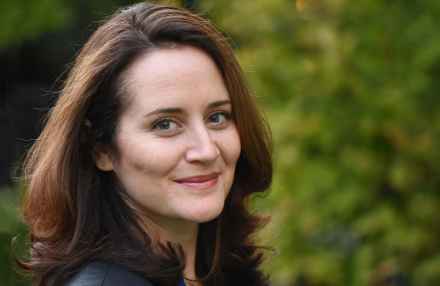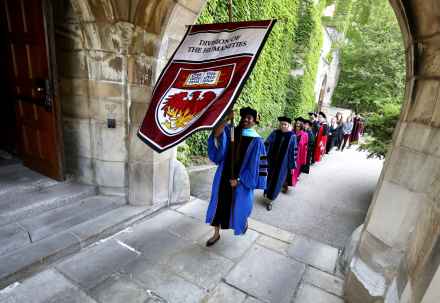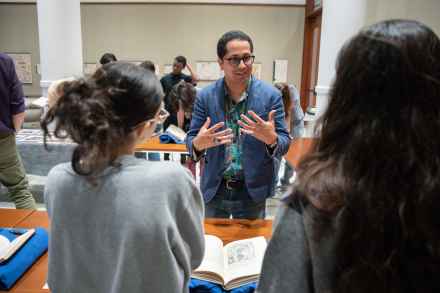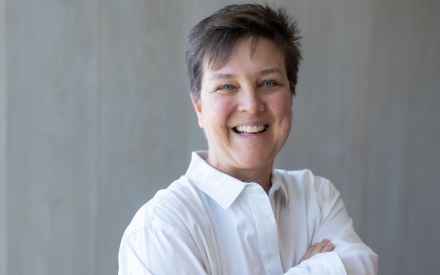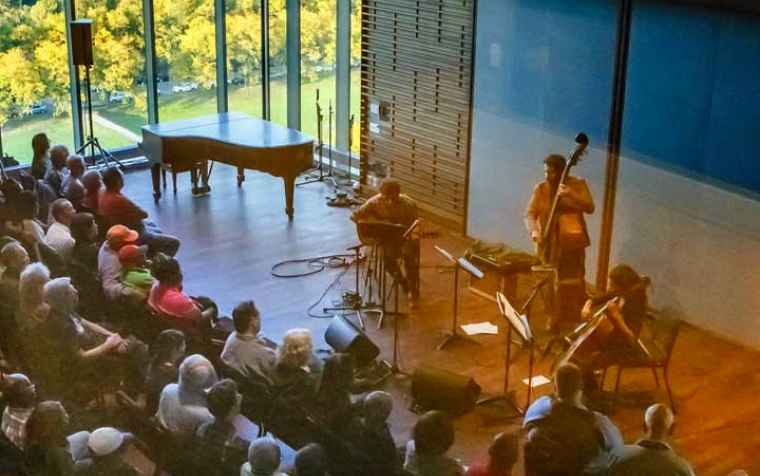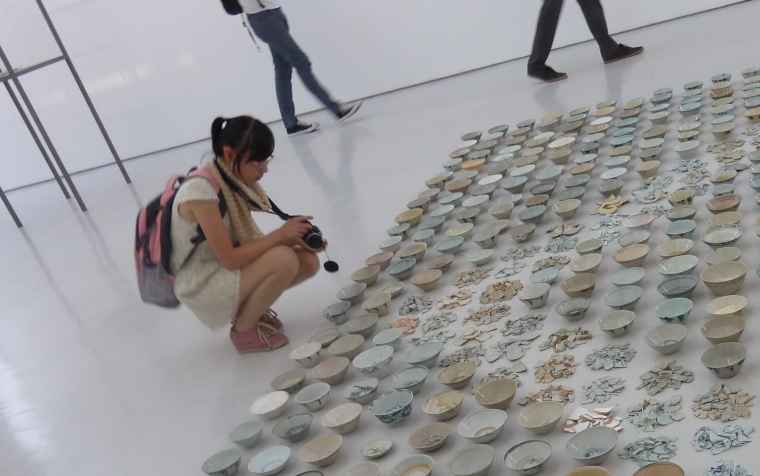Sarah Curran Is New Executive Director for UChicago Presents
The University of Chicago, David J. Levin, Senior Advisor to the Provost for Arts, and Lawrence Zbikowski, Chair of the Department of Music, are pleased to announce that Sarah Curran has been appointed as the Executive Director of UChicago Presents, effective June 1.
Curran is an arts consultant and curator who has served as Interim Executive Director of UChicago Presents for the last year. Her broad arts knowledge covers music, theater, dance, contemporary performance, visual arts, and film. Her curatorial practice includes fostering interdisciplinary work and socially responsive programming.
Humanities Division Honors Graduate Students and Faculty at the 537th Convocation
Division of the Humanities graduates, faculty members, and the graduating students’ families and friends celebrated the 537th Convocation ceremony in Rockefeller Chapel from 4:30 to 5:30 p.m. on June 2, 2023. This is the last year that Anne Walters Robertson is serving as Dean of the Division of the Humanities, and the first year for the new Stuart Tave Course Design Awards honoring graduate students for exemplary course design in teaching undergraduate students.
“At every convocation, we are proud to celebrate the achievements in scholarship and teaching of our faculty and students,” said Anne Walters Robertson, Dean of the Division of the Humanities and the Claire Dux Swift Distinguished Service Professor in the Department of Music. “I am so pleased that at this, my final convocation as dean, we are launching a new award for excellence in course creation by graduate students: the Stuart Tave Course Design Award.”
Experimental UChicago Course Compares Maya, European Stories of Creation
During the pandemic, English professors Edgar Garcia and Timothy Harrison began to notice connections between two seemingly different texts also written in moments of crisis.
John Milton’s epic “Paradise Lost” was written after the English Civil War once the poet had lost his vision. The “Popol Vuh”—sometimes called “the Mayan Bible”—was written by Maya scholars while living under Spanish colonization and forced religious conversion.
Both tell creation stories, narratives about how the world and its inhabitants formed. And both were written within the same historical moment—though on either side of the Atlantic.
Deborah Nelson Appointed Dean of UChicago's Division of the Humanities
Prof. Deborah L. Nelson has been appointed dean of the University of Chicago Division of the Humanities, President Paul Alivisatos and Provost Katherine Baicker announced[MOU1] . Her tenure will begin July 1.
Nelson is a renowned scholar whose research focuses on late 20th-century U.S. culture and politics. The Helen B. and Frank L. Sulzberger Professor in the Department of English and the College, she currently serves as chair of the Department of English Language and Literature.
“Debbie is a highly regarded scholar who has made important academic contributions and who has contributed in numerous ways to the vitality of our University community,” Alivisatos said. “She is an experienced, collaborative and energetic leader. I am grateful that she has committed to service as Dean of the Humanities Division. Hers will be a powerful voice for the humanities at UChicago and beyond.”
